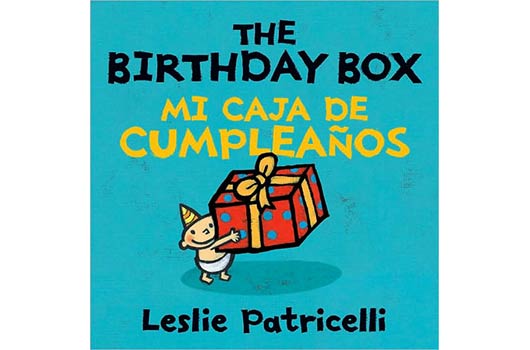
I am not one of those people who has a natural affinity for languages. I studied Spanish for three years in high school, but once I graduated, I rarely had occasion to speak the language. So slowly but surely, those lessons fell away. But when I fell in love with a Spaniard and moved to Spain, it was sink or swim—I simply had to learn Spanish if I wanted to participate with his family—my family, with the community and in everyday life in my adopted homeland.
SIGN-UP NOW FOR FREE DEMO!
I’ll admit, the first year was tough, especially in group settings. By the time my brain could process what everyone was talking about and formulate a response, the conversation had moved miles ahead of me. Doctor’s appointments or trips to the bank were traumatizing, and talking on the phone terrified me. I couldn’t even argue in Spanish with my husband and boy, was that frustrating!
Slowly but surely though, I learned. And while I still have a way’s to go, my husband, David, says that I’m at 80 percent in terms of my fluency—a compliment, for sure! And if someone were to ask me today how they could become almost fluent in Spanish in three years, I’d say this: Shut up and listen.
Read Related: Mamiverse’s Best Tips to Make Your Kid Bilingual
By that, I mean that to learn a language, you really have to open your ears. You have to be an observer, and you have to mimic what you hear. That’s why little kids are so great at learning languages and growing up bilingual—they repeat everything they hear. So even when I couldn’t keep up with those animated, fast-paced dinner conversations, I could still listen. And by listening, I learned not just formal Spanish; I learned expressions and idioms and shortcuts and slang. I learned how to tell a joke and how to express anger, frustration or disappointment—something they didn’t teach me in 10th grade Spanish class.
Now, as we raise our son Daniel to be bilingual, my challenge is to teach him English when he’s surrounded by Spanish speakers. I use the same technique that worked for me; I urge him to listen and repeat what is being said to him, in both languages. And guess what? It’s working! He started nursery school this week, and as I stayed with him the first few days, I could see him studying his surroundings, listening to the teachers and his young classmates, and making decisions about how to respond. Even though his teachers and schoolmates speak Spanish, he’s using the same skills that he uses to learn English and that I use to learn and speak Spanish.
I’m not suggesting that people who want to learn Spanish or any other language remain mute, and we certainly don’t want our kids to do so. To learn a language, you have to speak it, make mistakes and allow yourself to be corrected by others. But don’t discount the power of listening and taking mental notes on how your peers speak Spanish, and learning to be a good mimic.
[Mamiverse’s Bilingual Plus is an online channel devoted to bringing parents and educators the bilingual learning tools they need in the form of digital picture books, sing-alongs, and free curriculum-based family activities.]












